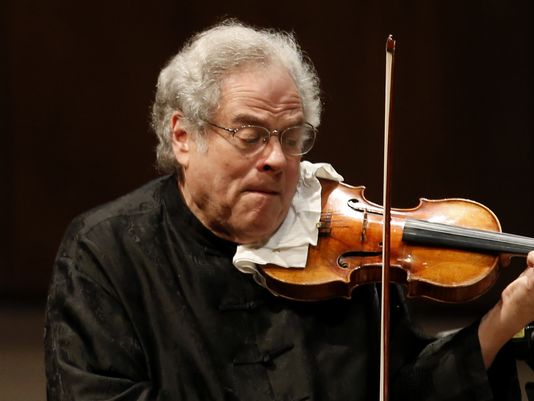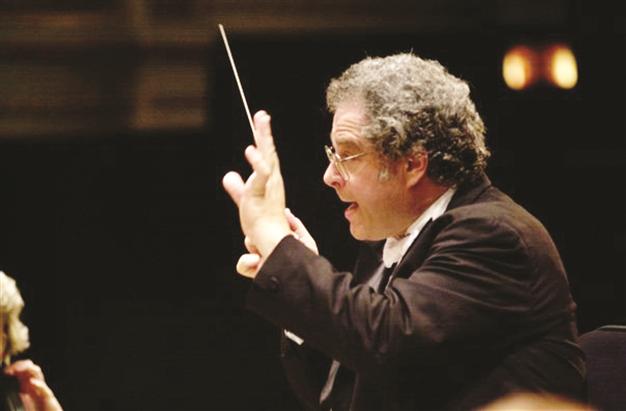Inspirational violinist Itzhak Perlman plays and conducts at Disney Hall
/By Truman C. Wang
Published: 1/21/2016
Itzhak Perlman, Violin. Emanuel Ax, Piano
1/12 -- MOZART: Sonata in C Major, K296. FAURE: Sonata in A-Major, Op.13. R.STRAUSS: Sonata in E-flat Major, Op.18. Encores- Schumann: Fantasiestuck No. 1. Kreisler: Schön Rosmarin. Dvorak: Sonatina 2nd movement, Kreisler: Liebesfreud
1/16 – MOZART: Adagio K.261, Rondo K.373, Symphony No. 27 in G Major, K.199. TCHAIKOVSKY: Symphony No. 5 in E-Minor
Walt Disney Concert Hall, Los Angeles
Last week, Mr. Perlman played a recital and conducted a concert to a packed house at the Disney Hall. To fully appreciate the art of this great violinist, one really needed to attend both concerts because his new revelation as a conductor had all the lovely and heartfelt qualities of his violin playing. Tuesday evening’s recital featured three youthful sonatas by Mozart, Fauré and Richard Strauss. The beaming Mr. Perlman entered the stage on his electric scooter, whirled around a few times to acknowledge the enthusiastic applause from all sides of the stage, exchanged a few words with his pianist Emanuel Ax, and launched into the cheerful C-Major opening of the Mozart sonata. It was a beautiful reading full of fiery virtuoso display while maintaining classical purity of line and tone. Mr. Ax’s playing, however, was unfortunately slapdash and often rushing ahead of the violin. Things fared little better in the Fauré and the Strauss, where the piano’s warm romantic turns of phrase were often played with chilly indifference. It was, therefore, a testament to Mr. Perlman’s artistry to rise above the fray and give the Fauré and Strauss sonatas the wistfully romantic readings that they deserve. At the end of the somewhat emotionally trying main program, Mr. Perlman announced the encores with his typical brand of self-effacing humor – four bonbons of the popular violin repertoire to send the fans home all ecstatic and smiling.
Saturday’s concert saw Mr. Perlman conduct mostly and play little. The two unassuming Mozart pieces, totaling only twelve minutes, were played with Mediterranean warmth and sunshine by Mr. Perlman. (They were written after Mozart’s Italian trip and before he moved out of Salzburg for good.) Next, switching to his conductor’s hat, maestro Perlman stepped out of his scooter, inched his way slowly up the podium with Herculean effort. It was an inspirational display of the healing power of art and the triumph of mind over matter. The performance of the G-Major Symphony, also written during Mozart’s sunny Italian period, could only be described as effortlessly effervescent. Unlike the later Mozart symphonies with a large wind section, this early work features mostly strings and maestro Perlman ‘played’ the orchestra like one giant violin, full of delicious nuances and ravishing tones. The Tchaikovsky Symphony No. 5 featured more glowing strings as well as memorable solo turns by the clarinet and horn. The volcantic catharsis of the symphony’s finale, where fate triumphs over adversity, was a life-affirming moment I am sure not only for the maestro himself, but also for all of us in the audience as well.
Truman C. Wang is editor-in-chief of Classical Voice, whose articles have appeared in the San Gabriel Valley Tribune, the Pasadena Star-News, other Southern California publications, as well as the Hawaiian Chinese Daily.


